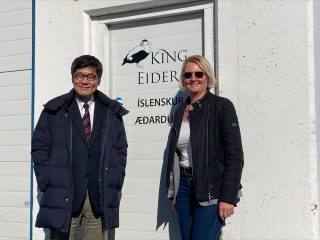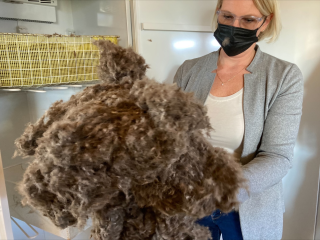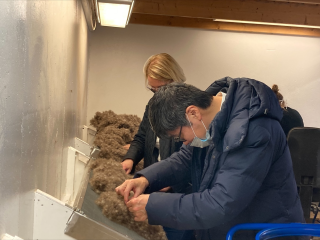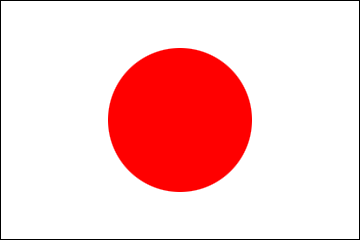From Ambassador (Visit to King Eider)
2021/9/27



In 1865, Jules Verne wrote an adventure novel “Journey to the Center of the Earth” (French: Voyage au centre de la Terre; also published in Japanese as地底旅行) in which Lidenbrock, a professor of geology at Hamburg University goes on an adventure to the center of the Earth, accompanying his nephew Axel. They descend into the crater of Snæfellsjökull, taking their lead from old document written by an Icelandic alchemist in the 16th century. They traveled to Reykjavik for 10 days by ship from Copenhagen, Denmark, which ruled Iceland then, and met a local scholar who introduced an eider duck hunter, Hans Bjelke, as their guide. Hans ends up accompanying Lidenbrock and Axel all the way to the center of the Earth.
Stories around these eider duck hunters are really intriguing. For instance, Jules Verne describes in Chapter 8, “In the early days of summer, the female of the eider, a pretty sort of duck, builds its nest amid the rocks of the fjords—the name given to all narrow gulfs in Scandinavian countries—with which every part of the island is indented. No sooner has the eider duck made her nest than she lines the inside of it with the softest down from her breast. Then comes the hunter or trader, taking away the nest, the poor bereaved female begins her task over again, and this continues as long as any eider down is to be found. When she can find no more the male bird sets to work to see what he can do. As, however, his down is not so soft, and has therefore no commercial value, the hunter does not take the trouble to rob him of his nest lining.”
Being an episode of a fiction novel, it is hard to say whether it is supported by facts or not. However, I can tell how precious eider down was even back then.
The other day, I had an opportunity to meet eider duck hunters or farmers (as they were more commonly referred to as) at a port town, Stykkishólmur, located in the north of the Snæfellsnes peninsula. As mentioned, eider down, the down of “eider duck”, has always been dealt as luxurious material for bedding. Farmers provide ducks with protection from predators such as fox, seagull, and raven by surrounding the nesting area with fences, monitoring the area day and night. I learnt that downs will not be collected until each duckling has grown enough to leave the nest.
Then, most of the harvested Icelandic eider down is exported to foreign countries mainly Japan and Germany.
Stories around these eider duck hunters are really intriguing. For instance, Jules Verne describes in Chapter 8, “In the early days of summer, the female of the eider, a pretty sort of duck, builds its nest amid the rocks of the fjords—the name given to all narrow gulfs in Scandinavian countries—with which every part of the island is indented. No sooner has the eider duck made her nest than she lines the inside of it with the softest down from her breast. Then comes the hunter or trader, taking away the nest, the poor bereaved female begins her task over again, and this continues as long as any eider down is to be found. When she can find no more the male bird sets to work to see what he can do. As, however, his down is not so soft, and has therefore no commercial value, the hunter does not take the trouble to rob him of his nest lining.”
Being an episode of a fiction novel, it is hard to say whether it is supported by facts or not. However, I can tell how precious eider down was even back then.
The other day, I had an opportunity to meet eider duck hunters or farmers (as they were more commonly referred to as) at a port town, Stykkishólmur, located in the north of the Snæfellsnes peninsula. As mentioned, eider down, the down of “eider duck”, has always been dealt as luxurious material for bedding. Farmers provide ducks with protection from predators such as fox, seagull, and raven by surrounding the nesting area with fences, monitoring the area day and night. I learnt that downs will not be collected until each duckling has grown enough to leave the nest.
Then, most of the harvested Icelandic eider down is exported to foreign countries mainly Japan and Germany.
